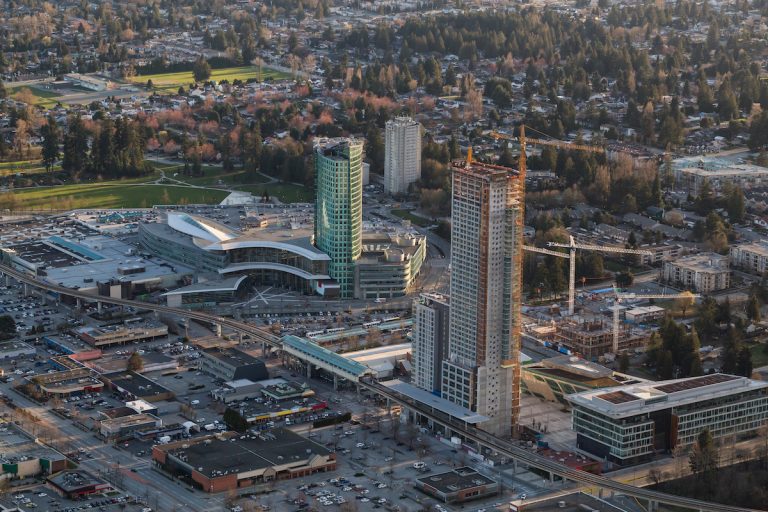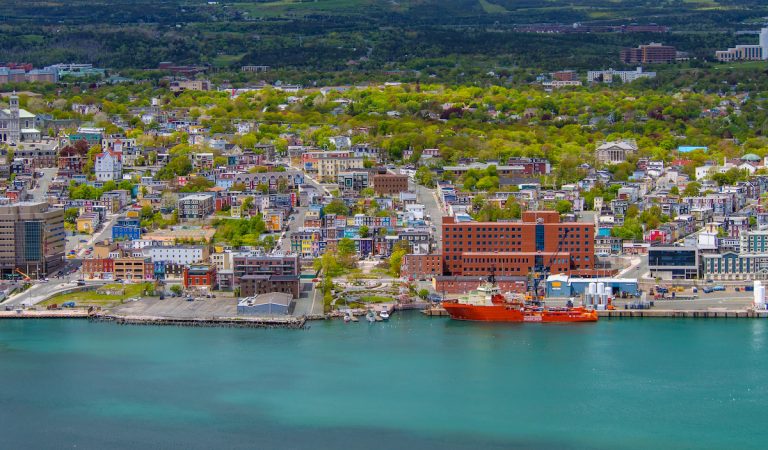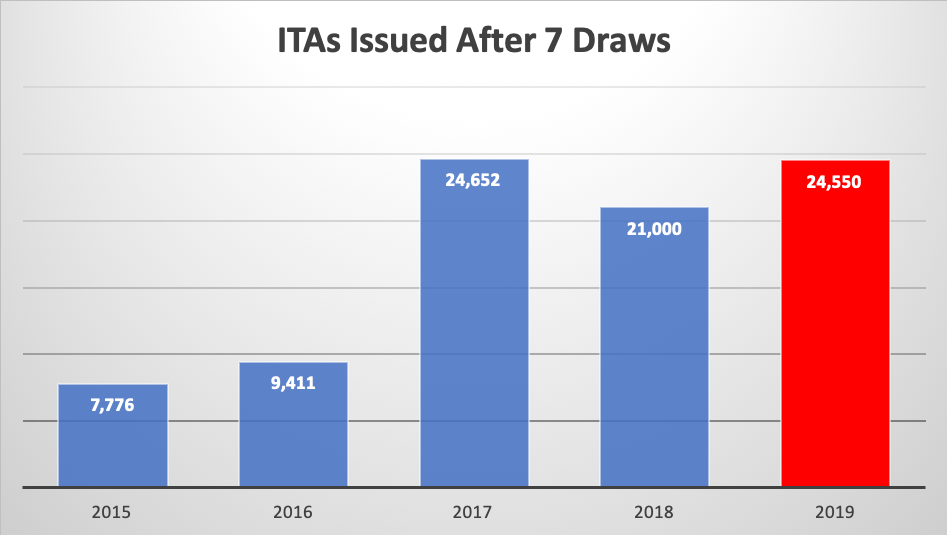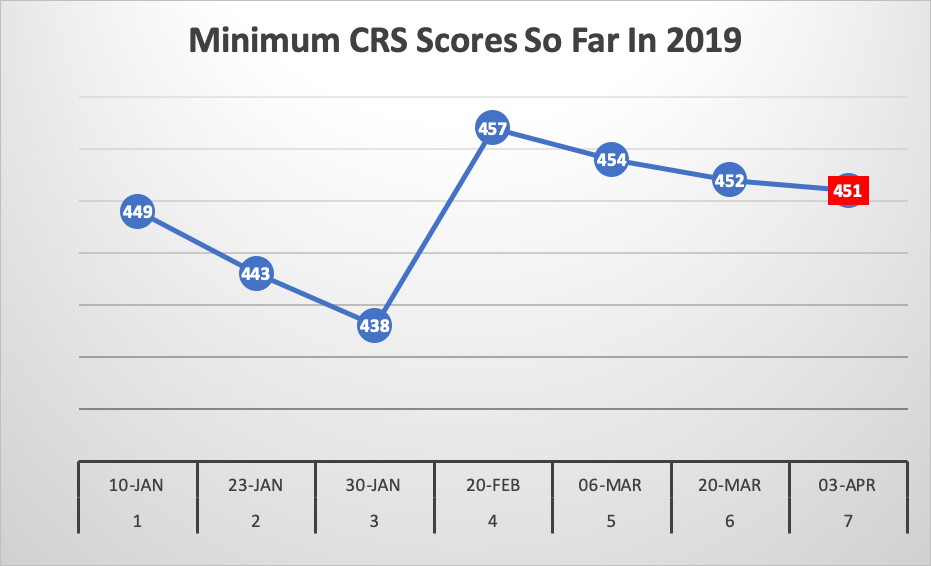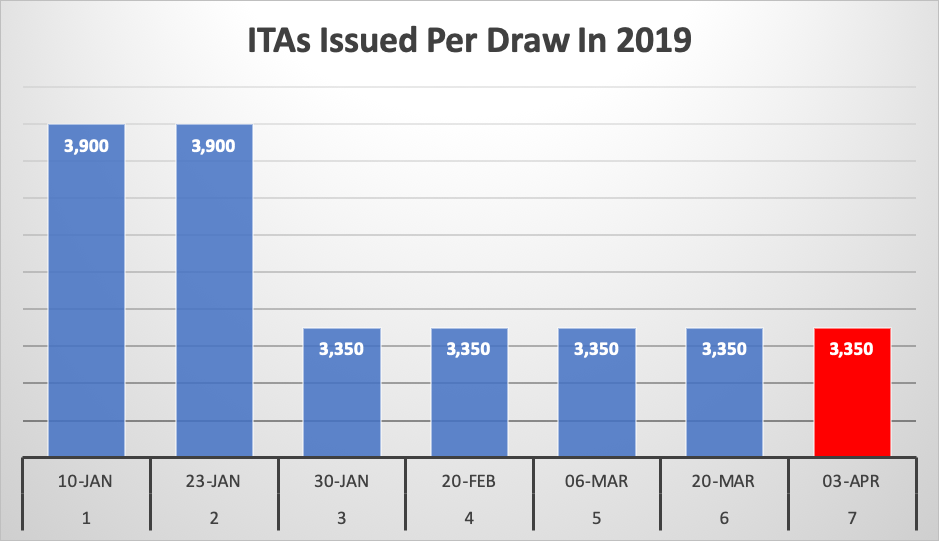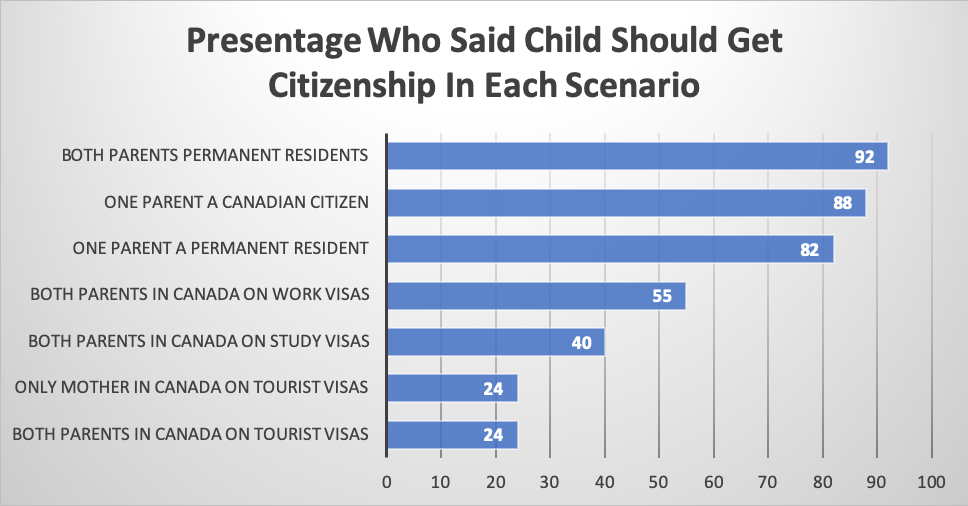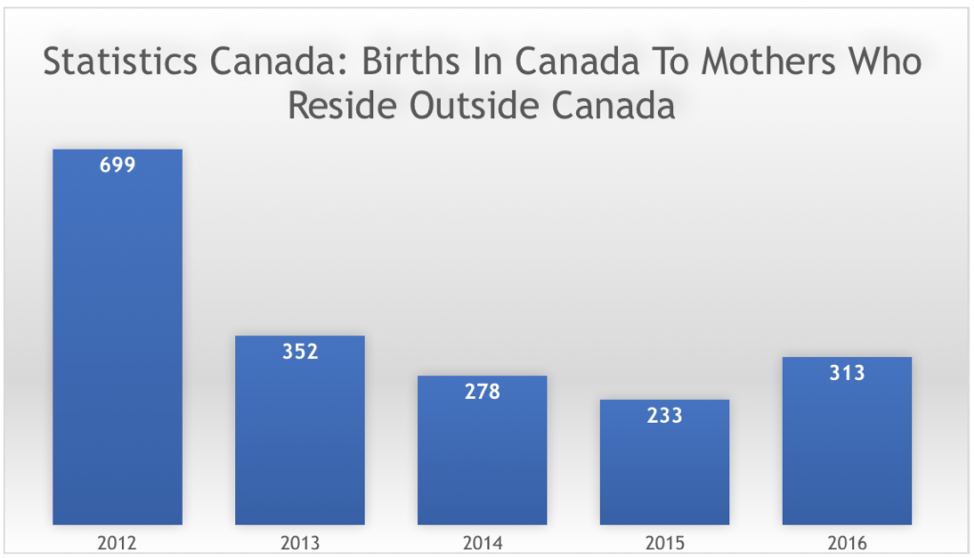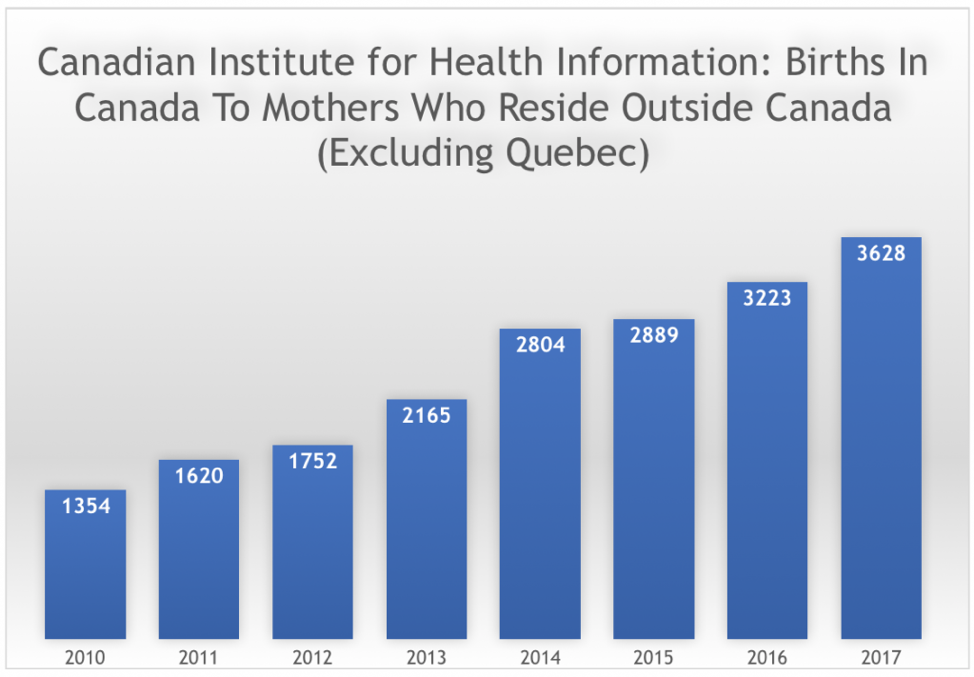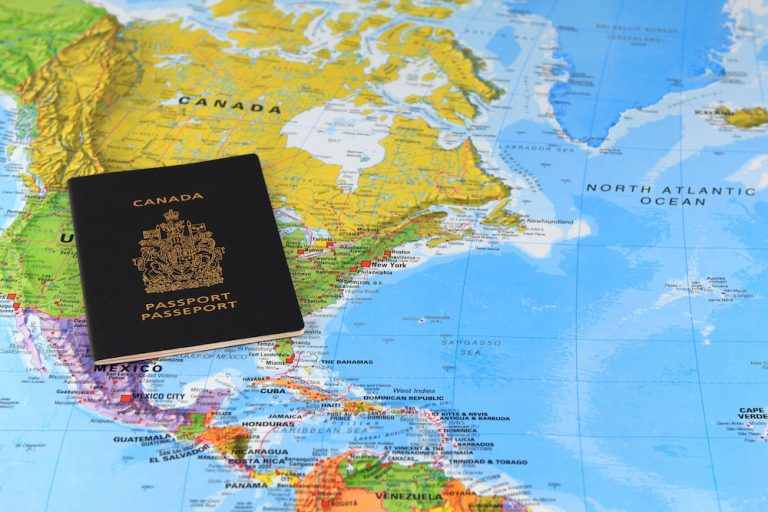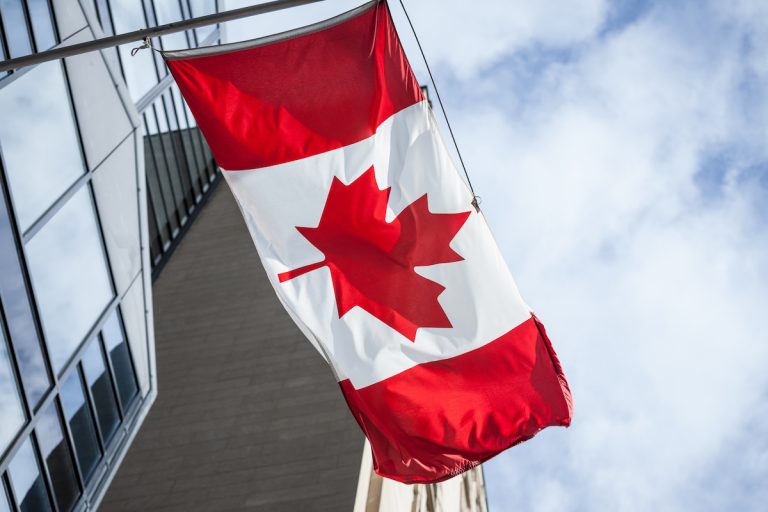Ontario immigration says it is continuing to work to solve a technical problem that affecting a recent opening of the popular Masters Graduate Stream.
An Ontario Immigrant Nominee Program statement said the stream would be reopened soon.
The international graduate immigration stream opened on March 5, but only accepted 333 out of a targeted 1,000 applications due to the technical glitch.
Read More
Ontario Receives 333 Of Targeted 1,000 Masters Graduate Stream Applications
Ontario Immigrant Nominee Program Gets 2019 Nomination Allocation Boost
Minimum Score Drops In New Ontario Entrepreneur Stream Draw
Ontario Conducts New Draw Targeting Express Entry Skilled Trades Candidates
“Please note that the Ontario Immigrant Nominee Program is working to resolve technical issues that occurred on March 5 during the Masters Graduate Stream opening,” an OINP statement said.
“We are developing a solution to re-open the Masters Graduate Stream as soon as possible.”
Ontario has advised candidates to continue to monitor its website for future developments.
The Masters Graduate Stream is aimed at candidates who have graduated from a master’s program at an eligible Ontario institution, meet language requirements and have lived in the province for at least one year in the last two. A job offer is not required.
Candidates must register online through the Ontario Immigration Nominee Program e-Filing Portal.
Ontario issued nominations to 1,215 Masters Graduate Stream candidates in 2018, out of an annual total of 6,850 OINP nominations.
Ontario is one of the only provinces running immigration streams for international graduates that do not require a job offer. The other is Quebec under the Quebec Experience Program.
Changes to the Ontario International Masters Graduate Stream in 2017 mean applications are now accepted from candidates living in Ontario or abroad.
Applications from other Canadian provinces or territories are not accepted.
To be eligible to apply for an Ontario nomination as an international student, candidates must:
- Have completed at least half of their studies in Canada;
- Be in their last semester of post-secondary studies;
- Or have completed their studies in Canada within two years.
Masters Graduate Stream: Requirements
- Graduated from a master’s degree program at a publicly funded Ontario university and have completed at least one year full time.
- Have level 7 or above English or French.
- Lived in Ontario for at least one year in the last two.
- Have sufficient settlement funds.
- Intend to live and work in Ontario.
- Must either legally live in Ontario or live abroad. Applications from elsewhere in Canada will not be accepted.
- Application must be within two years of date on master’s degree certificate.



